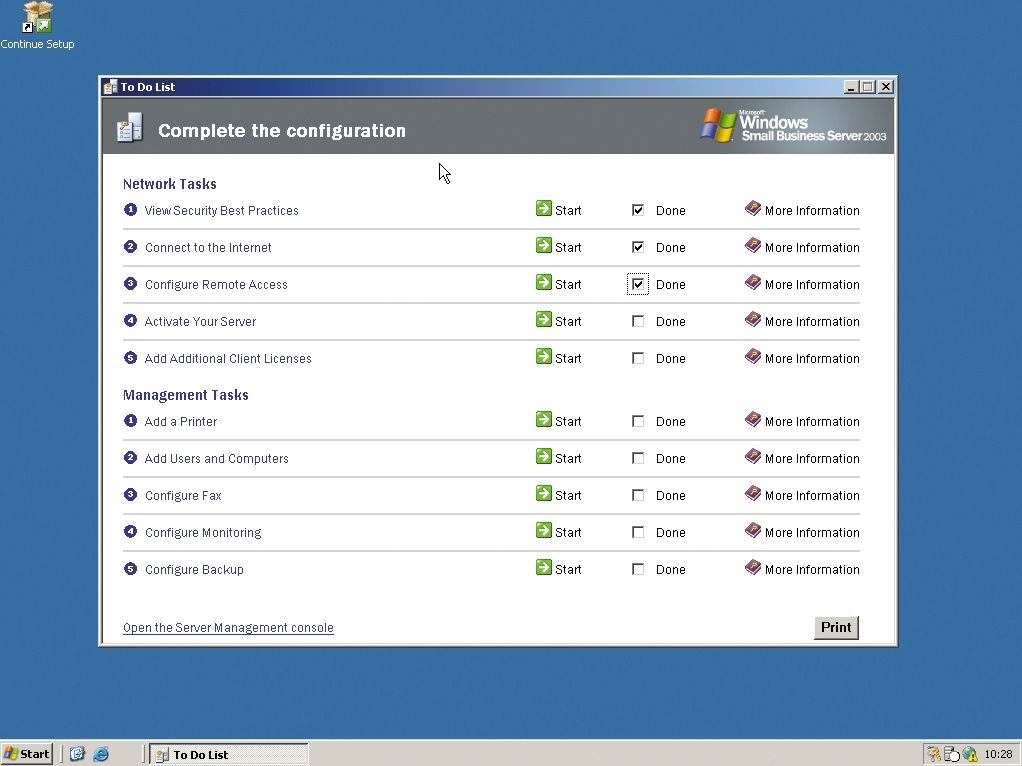
" is over 10 percent of all web-facing computers, and shows the true potential cost of migration," the report states. In part, Netcraft blames the cost of moving to a more recent Microsoft OS for the proportion of machines still running Windows Server 2003. Windows Server 2012 R2 is the most recent version of Microsoft's server-targeted operating system - with a variety of options for licensing. "Of course, because Windows Server 2003 is now unsupported, those people who try to find vulnerabilities might even now be particularly focusing on this platform because they know it won't be fixed."

These could then go on to distribute malware and even be made into botnets to enable other attacks. "As time goes by, there will be some vulnerabilities that affect Windows Server 2003 and if those allow things like remote code execution and so on, we're likely to see a massive number of web-facing computers and a much larger number of websites getting hacked. Paul Mutton, who works on security and investigations for Netcraft, said the unsupported nature of Windows Server 2003 makes it a tempting target for attackers - which is why it is important for firms to switch away from the OS as soon as possible.
Run the "gpupdate" command on the Domain Controller to make sure the policy is applied.Together accounting for 55 percent, the US and China are home to the bulk of the machines running Windows Server 2003, with 166,000 in the US and 169,000 in China. Check "Define these policy settings", click "Add user or group", browse and select the OpenDNS_Connector user. Browse to the ‘Computer Configuration\Policies\Windows Settings\Security Settings\Local Policies\User Rights Assignment’ folder and select ‘Manage audit and security log’ to view its properties. Right-click that policy and select ‘Edit’ to bring up the Group Policy Management Editor. Make note of one that is likely to be applied to all Domain Controllers (e.g. Under it will be a list of policies applied to that Domain Controller. Look for the ‘Applied Group Policy Objects’ line. Note: If you aren’t sure what policy to change, open a command prompt and type the following command: "gpresult /scope computer /r". Open the GPMC (via Start > Administrative Tools), and select a Group Policy that applies to Domain Controllers. Note: Alternatively, 2008 R2 servers should have GPMC installed and you can apply the following permissions from this server to be replicated to the 2003 R2 server.  By default, Windows Server 2003 does not come with the Group Policy Management Console (GPMC) and it may be downloaded here. Note: Adding the OpenDNS_Connector user to this group policy for all AD Servers (DCs) is also required in certain Windows Server 2008 configurations.
By default, Windows Server 2003 does not come with the Group Policy Management Console (GPMC) and it may be downloaded here. Note: Adding the OpenDNS_Connector user to this group policy for all AD Servers (DCs) is also required in certain Windows Server 2008 configurations.






 0 kommentar(er)
0 kommentar(er)
